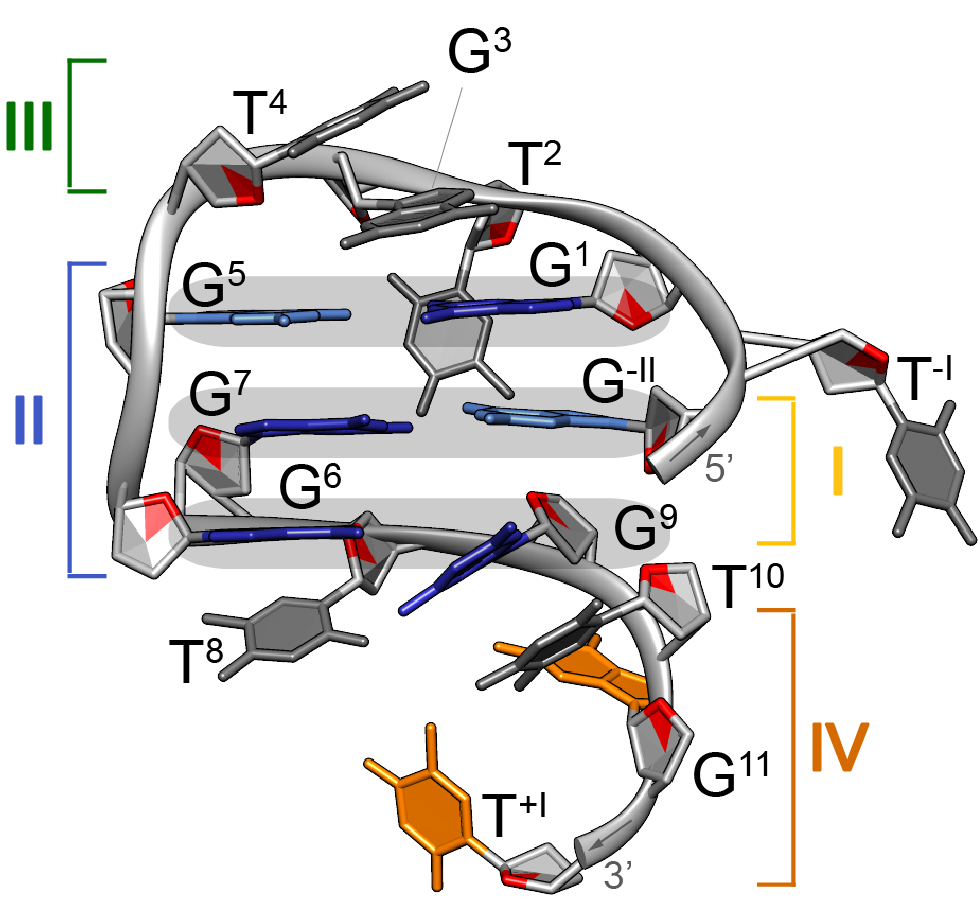International collaboration provides new insights into an unusual DNA structural family
|After almost seventy years from the discovery of the double-helical structure of DNA, this carrier of genetic information keeps amazing us. DNA can, in addition to the classical duplex, adopt various structures, including hairpins, triplexes, and quadruplexes. Sequences that are able to form these non-canonical DNA structures are enriched within regions associated with gene regulation and at the ends of the chromosomes (telomeres), where they play an important role in cellular ageing.
A research work by Dr. Martina Lenarčič Živković (Masaryk University, Slovenian NMR Centre), Martin Gajarský (Masaryk University), Prof. Janez Plavec (Slovenian NMR Centre), Dr. Lukáš Trantírek (Masaryk University), and colleagues, provided relevant insights into the formation propensity of a novel class of unusual DNA structures, named pseudocircular G-hairpins (PGHs). In 2017, the same authors reported on the first atomic-resolution structure of a PGH formed by a short telomeric sequence of Saccharomyces cerevisiae, a yeast employed for millennia in baking and winemaking. In this work, the authors thoroughly investigated sequential requirements leading to the formation of PGHs. Their results reveal that despite their ‘circular’ nature, these structures can form even in the context of extended sequences. Although the PGH-forming sequences are short (from 11 to 14 nucleotides), they form stable structures with amazingly complex topology.

Bioinformatic analysis revealed that potential PGH-forming sequences are abundant and non-randomly distributed in the evolutionary-conserved regions of the human genome, implicating their functionally important biological role(s). Unique structural properties of PGHs suggest they could be relevant for drug development, or DNA-based nanotechnology. Results of this fruitful collaboration between Slovenian and Czech researchers were partially acquired through NMR spectroscopy at the Slovenian CERIC Partner Facility at the National Institute of Chemistry in Ljubljana.



